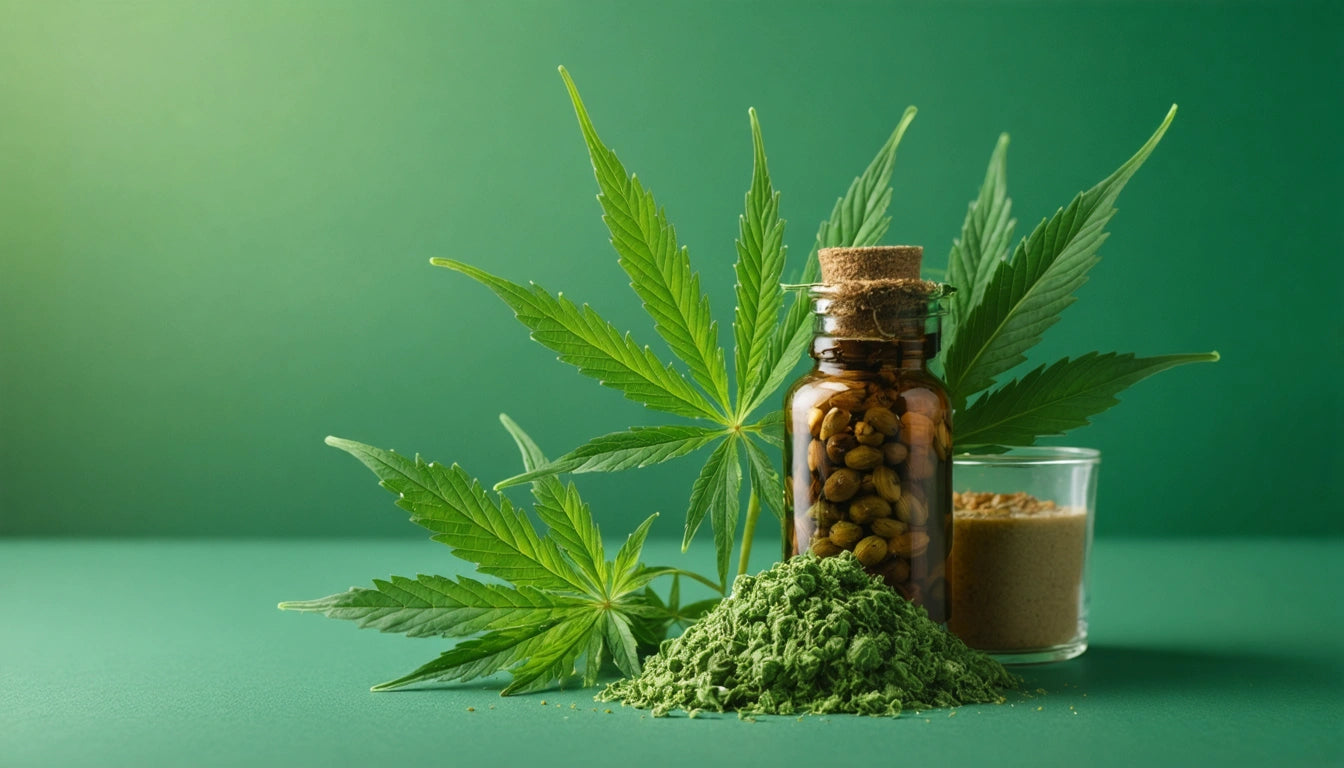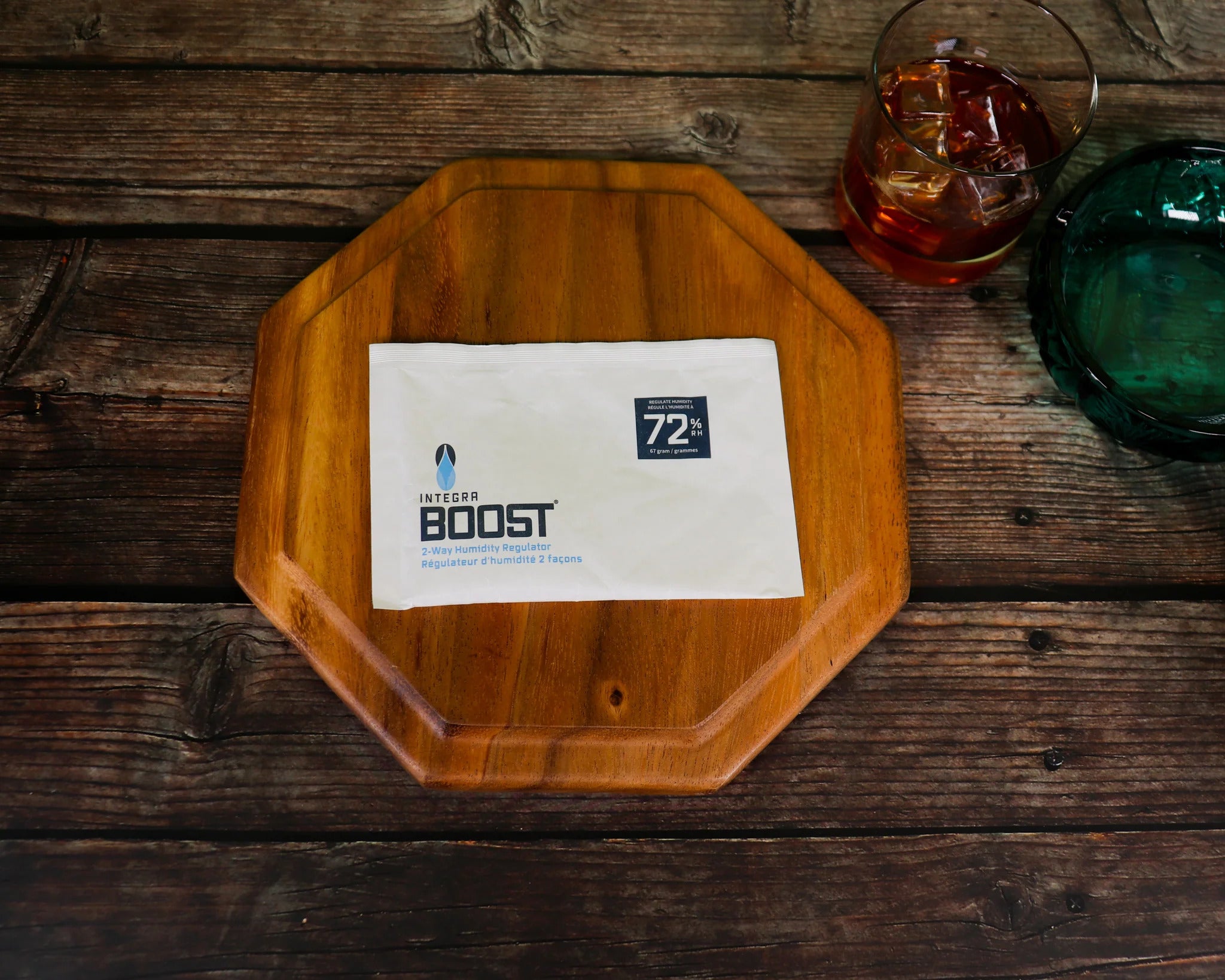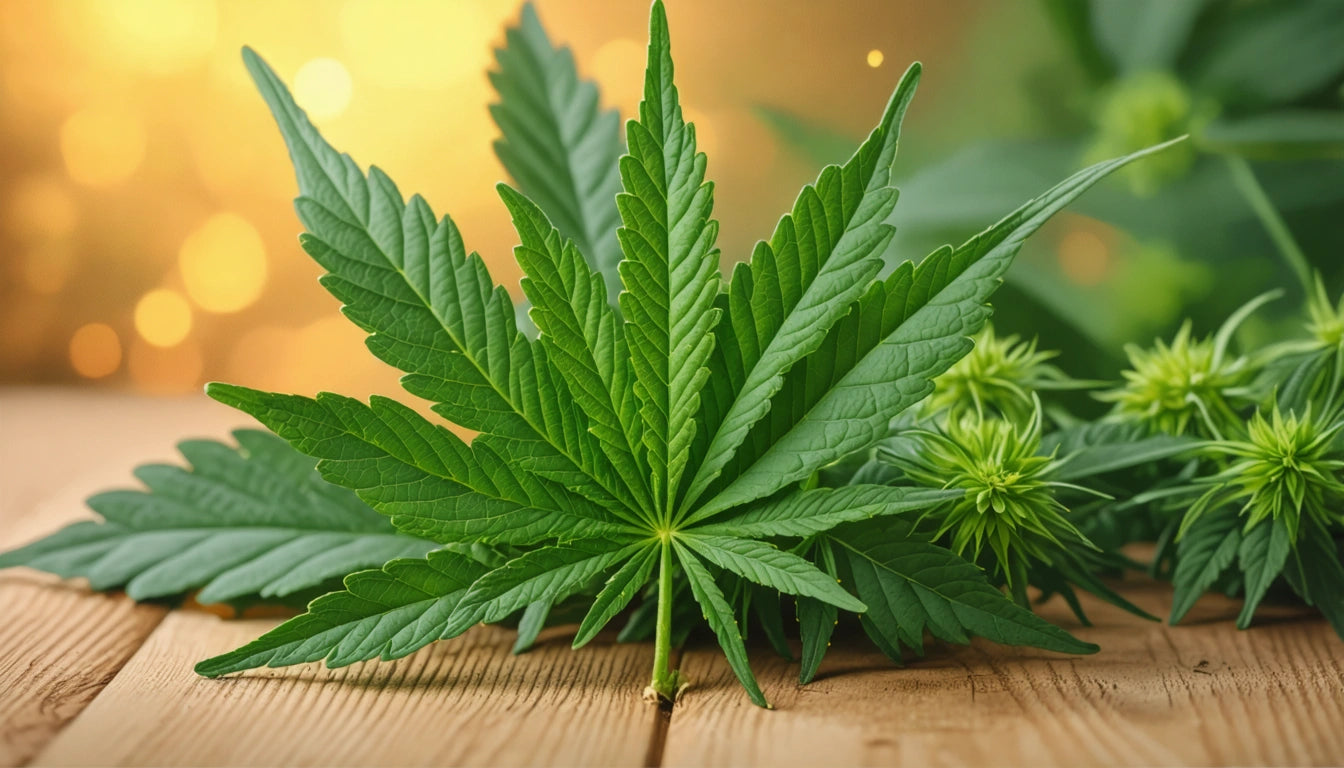Table of Contents
Is Hemp Packaging Actually Sustainable? What Brands Need to Know
Cannabis and hemp brands increasingly market sustainability as a core value, with hemp packaging frequently positioned as an eco-friendly alternative to conventional materials. But beneath the green marketing claims lies a more complex reality about hemp's environmental credentials, practical applications, and regulatory compliance. This guide examines whether hemp packaging truly delivers on its sustainability promises and what brands should consider before making the switch.
Understanding Hemp Packaging: Beyond the Marketing
Hemp packaging encompasses various formats including paper, cardboard, bioplastics, and composite materials. The primary appeal stems from hemp's rapid growth cycle, requiring fewer resources than traditional materials. However, as explored in this analysis of biodegradable hemp plastic, not all hemp-derived packaging materials perform equally in sustainability metrics.
The term "hemp packaging" itself can be misleading, as many products contain only partial hemp content blended with conventional materials. According to this investigation into plastic-free claims, some supposedly hemp-based packages may contain significant amounts of traditional plastics or binding agents that compromise their environmental benefits.
Environmental Impact: How Hemp Packaging Measures Up
Carbon Footprint Considerations
Hemp cultivation captures carbon efficiently during growth, potentially offsetting emissions from manufacturing processes. However, the full lifecycle assessment must include processing, transportation, and end-of-life considerations. This comparison with recycled kraft reveals that hemp's advantages depend heavily on production methods and supply chain length.
Biodegradability and Composting
While pure hemp fiber packaging can biodegrade naturally, hemp bioplastics and composites often require industrial composting facilities to break down properly. Many regions lack such infrastructure, meaning these materials may still end up in landfills where their degradation benefits are minimized.
Regulatory Landscape for Hemp Packaging
Brands must navigate complex regulatory requirements when implementing hemp packaging. FDA approval considerations are particularly important for food and supplement products. Additionally, child-resistant requirements still apply to hemp-derived packaging when used for cannabis products, as detailed in this compliance overview.
For products containing hemp-derived cannabinoids, packaging must also comply with specific labeling regulations that vary by jurisdiction. This guide on compliant labeling outlines the essential requirements for remaining legally compliant while using hemp packaging.
Practical Considerations for Brands
Cost and Scalability
Hemp packaging typically commands premium pricing compared to conventional alternatives. This economic analysis shows that scale remains a significant challenge, with hemp packaging costing 15-30% more than traditional options. Brands must factor this into their pricing strategy or absorb the additional costs.
Performance and Protection
Product protection remains paramount, particularly for cannabis products that require moisture control. Many brands incorporate humidity control solutions alongside hemp packaging to maintain product freshness and potency, addressing one of hemp packaging's limitations in moisture barrier properties.
Supply Chain Considerations
Building a reliable hemp packaging supply chain presents challenges including sourcing consistency, quality control, and lead times. This supply chain guide outlines strategies for developing relationships with reliable suppliers and managing inventory effectively.
Consumer Perspectives on Hemp Packaging
- Eco-conscious consumers increasingly favor sustainable packaging options
- Brand perception benefits from authentic sustainability initiatives
- Price sensitivity varies by market segment and product category
- Educational messaging about proper disposal improves consumer engagement
According to this consumer research, while sustainability claims influence purchasing decisions, consumers also expect functionality and value. Brands must balance environmental benefits with practical considerations to meet these expectations.
Strategic Implementation: Making Hemp Packaging Work
For brands committed to sustainable packaging, a phased approach often proves most effective. Consider starting with hemp-based secondary packaging while maintaining conventional primary packaging where product protection is critical. This format guide provides specific recommendations for different product categories.
Transparency about the actual environmental benefits and limitations of hemp packaging builds credibility with increasingly knowledgeable consumers. Rather than making sweeping sustainability claims, brands should communicate specific environmental benefits while acknowledging areas for improvement.
The future of hemp packaging lies in continued innovation addressing current limitations in barrier properties, scalability, and cost. Brands that develop partnerships with packaging manufacturers and research institutions position themselves to benefit from these advancements while demonstrating authentic commitment to sustainability.











Leave a comment
All comments are moderated before being published.
This site is protected by hCaptcha and the hCaptcha Privacy Policy and Terms of Service apply.